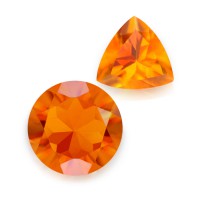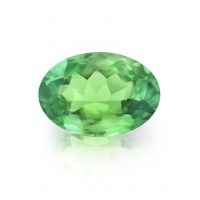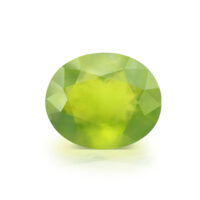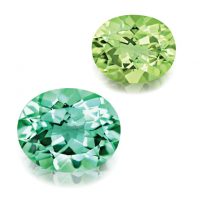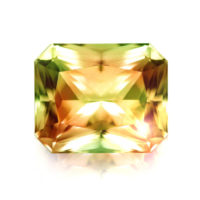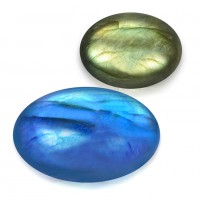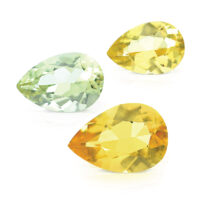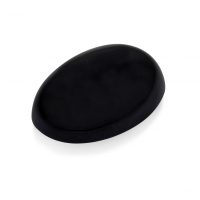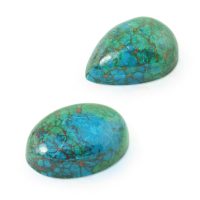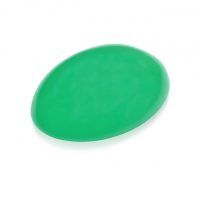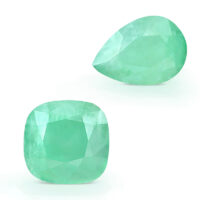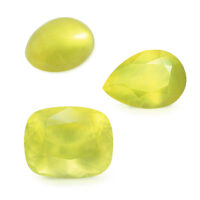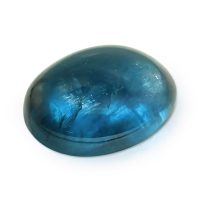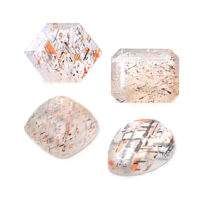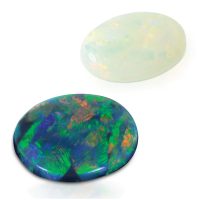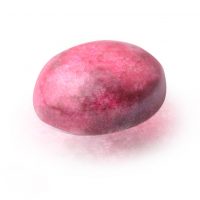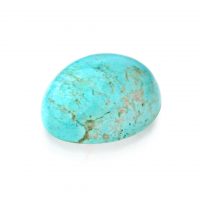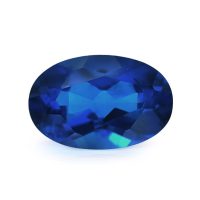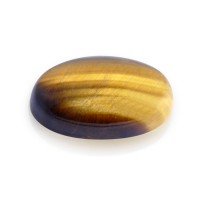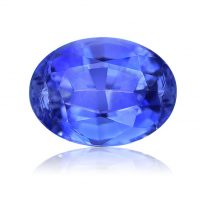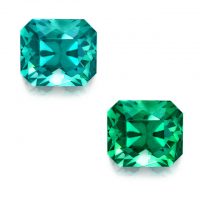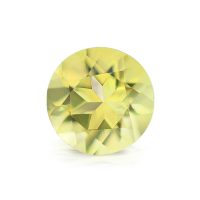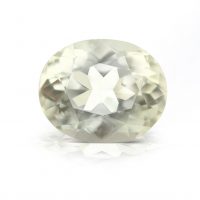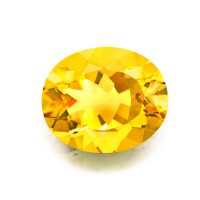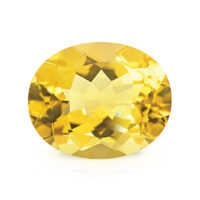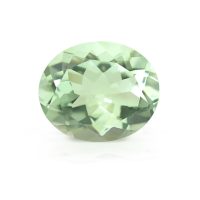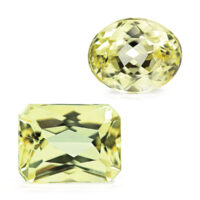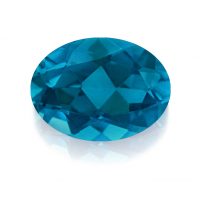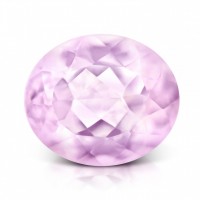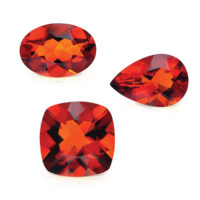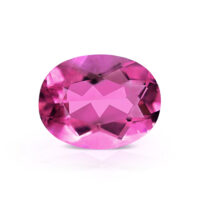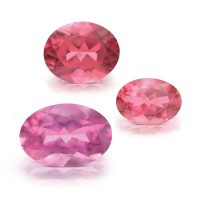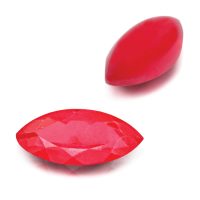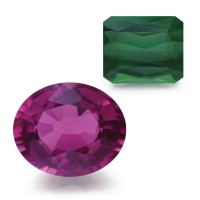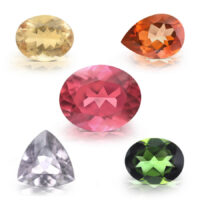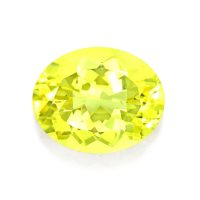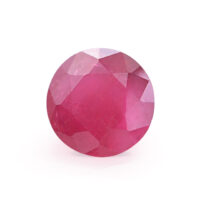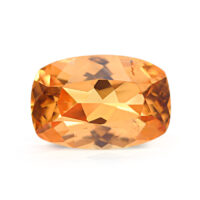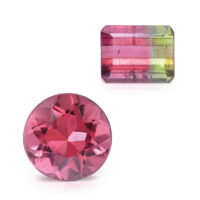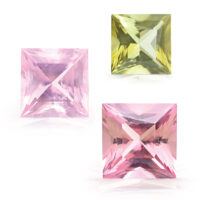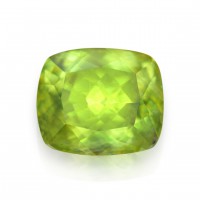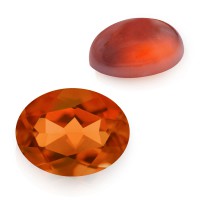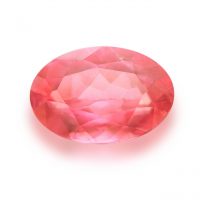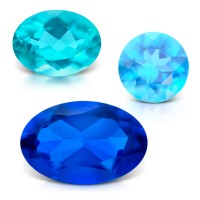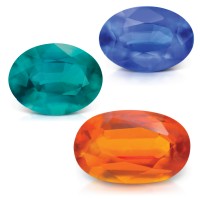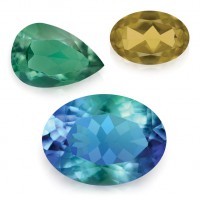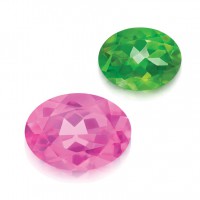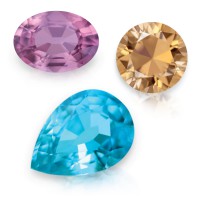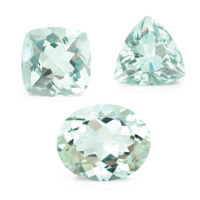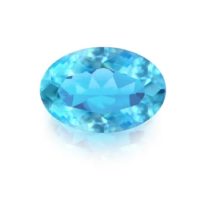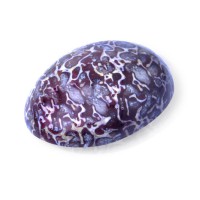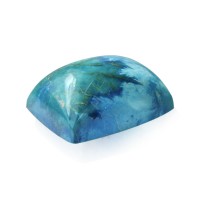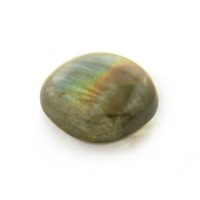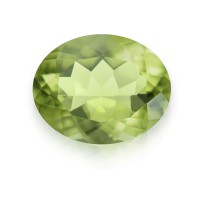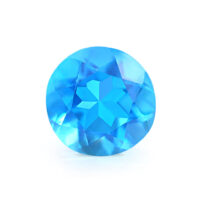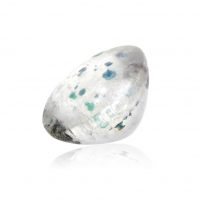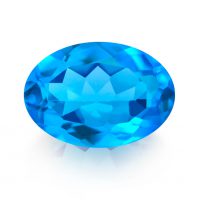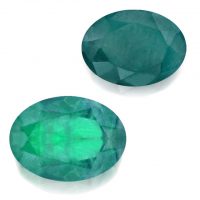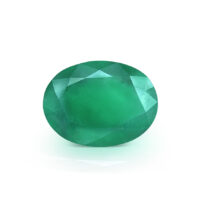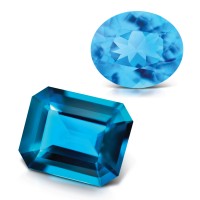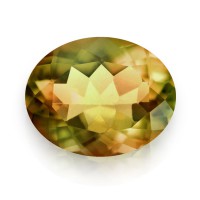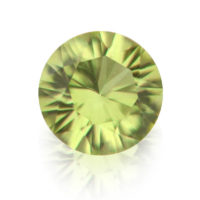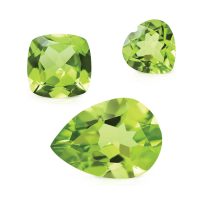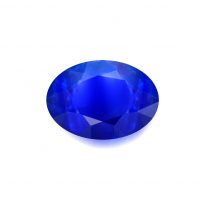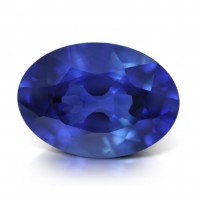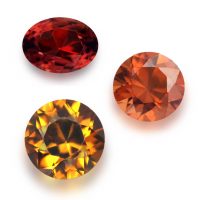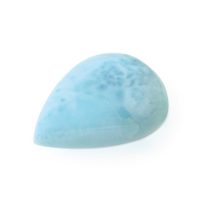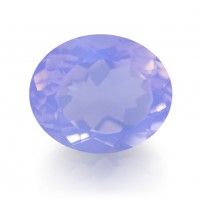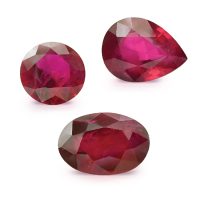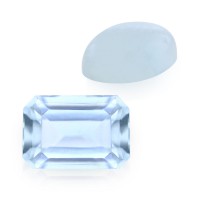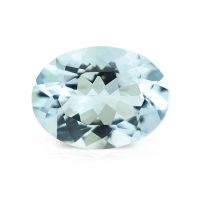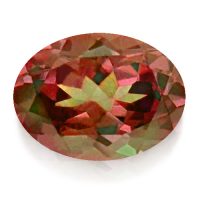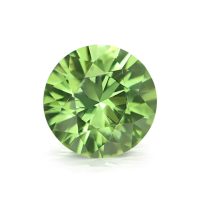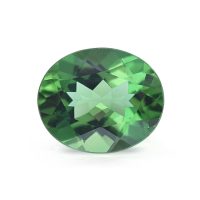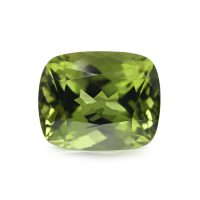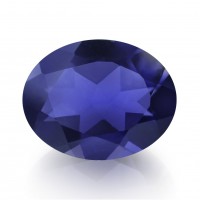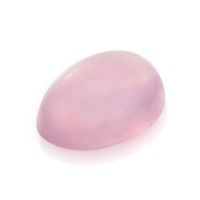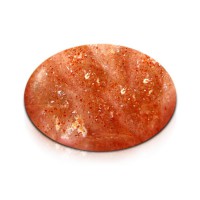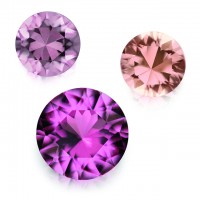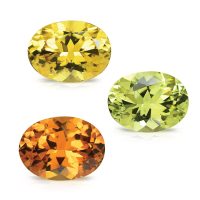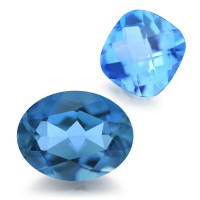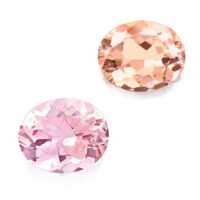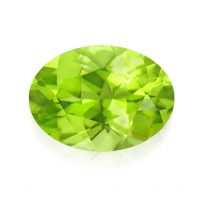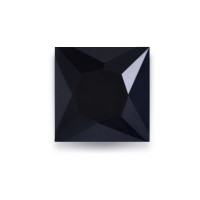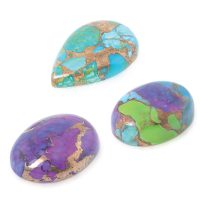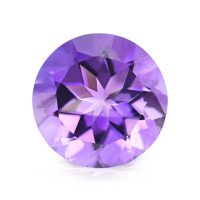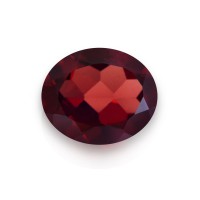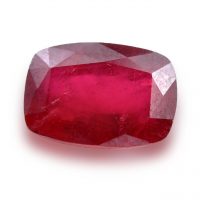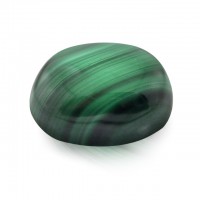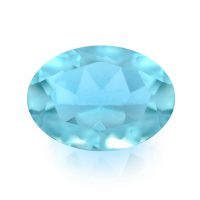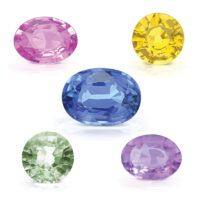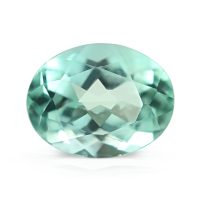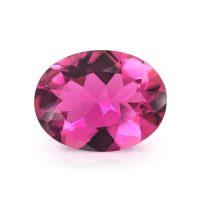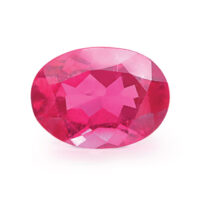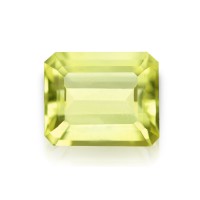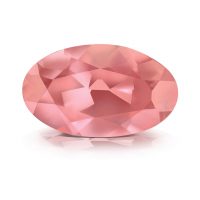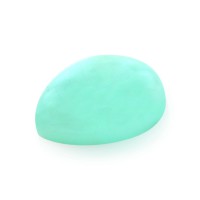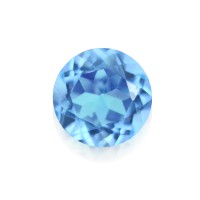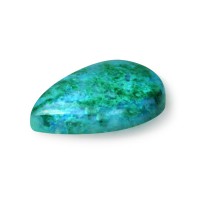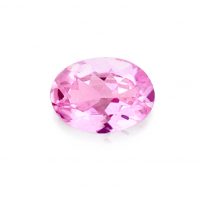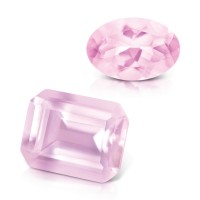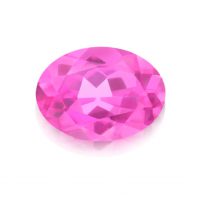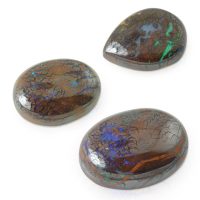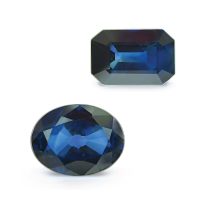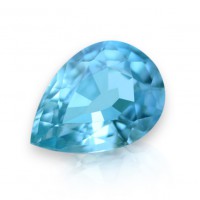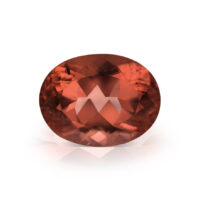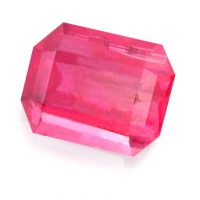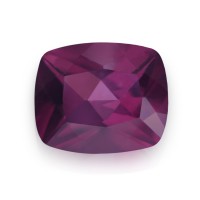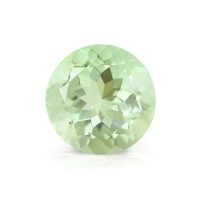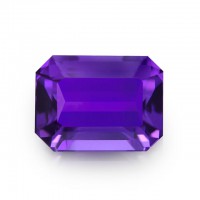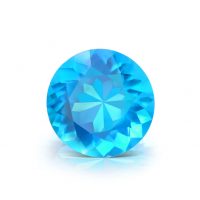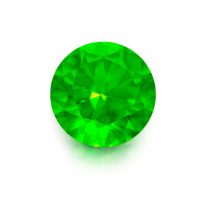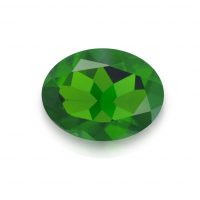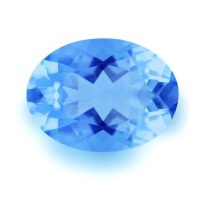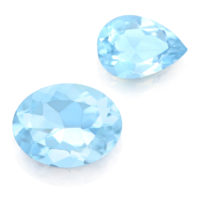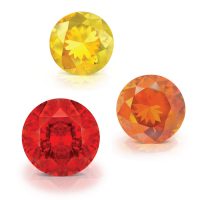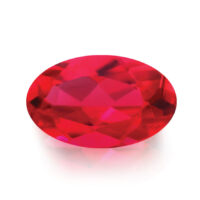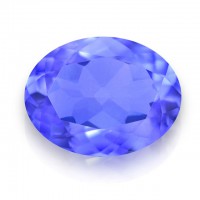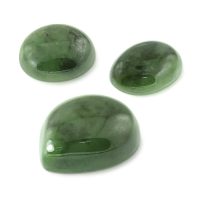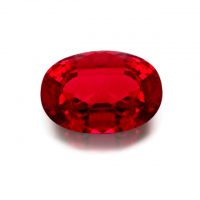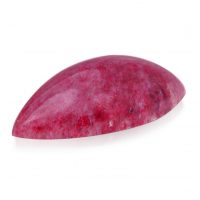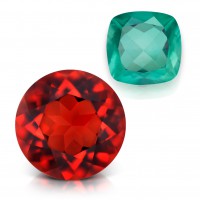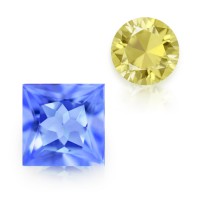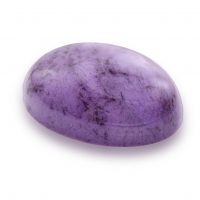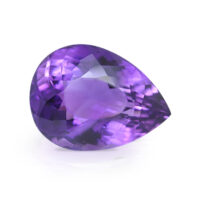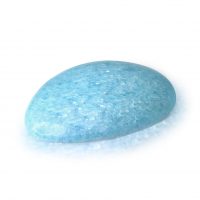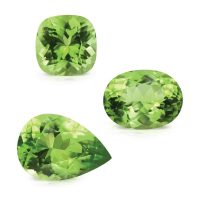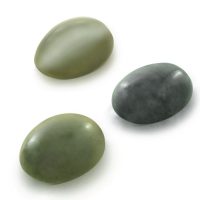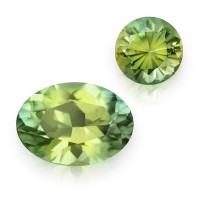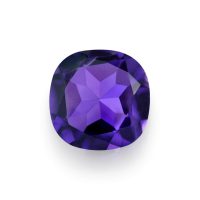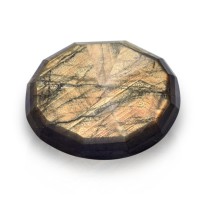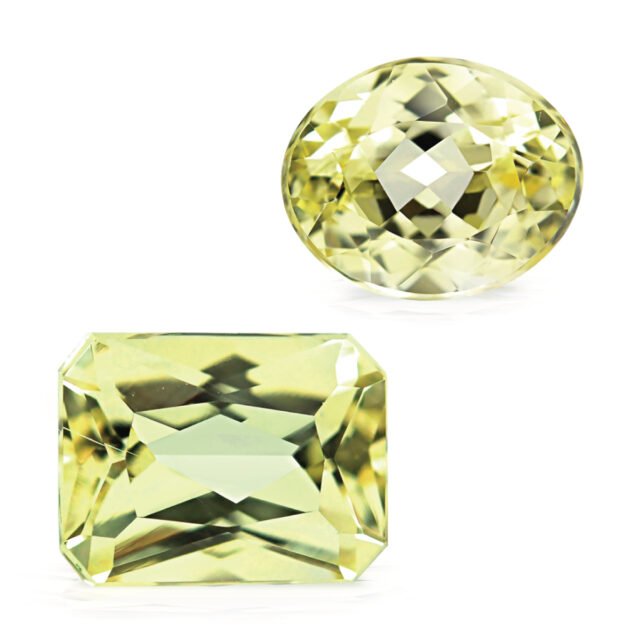

An extreme rarity scarcely seen, our Brazilian Hiddenite is a chance 2008 discovery from the famous Urucum Mine (pronounced: Ooo-roo-coom), situated in the Brazilian state of Minas Gerais (General Mines), an esteemed locale renowned internationally for its fine gemstones. Mined and cut in Brazil, this prized jewelry gemstone wonderfully displays its essential lemon-limes, with a high-clarity, fine-transparency, and wonderful scintillation. With no significant Hiddenite unearthed from Urucum in well over a decade, this increasingly limited and valuable, historic gemmy-quality is continuously decreasing in availability, maximizing its collectability.
Hardness 6.5 – 7
Refractive Index 1.657 – 1.681
Relative Density 3.15 – 3.21
Enhancement Irradiated
Beauty
Displaying unique color blends due to pleochroism (colors/intensity change when viewed from different angles), Brazilian Hiddenite’s radiant beauty emanates from its stunning medium-light yellowish-greens, excellent brilliance, high-transparency, attractive glassy luster, and eye-clean clarity, the highest quality clarity grade for colored gemstones as determined by the world’s leading gemological laboratories. While Hiddenite has the unique ability to retain brilliance in both sunlight and candlelight, the warm glow of incandescent light beautifully accentuates its
delightful yellowish-tones.
Dependent on expert cutting, Hiddenite’s pleochroism and perfect cleavage (produces smooth, lustrous surfaces with great ease) makes it very challenging for the lapidary. If the raw crystal is not orientated and cut in precisely the correct direction, the best color will not be displayed. Hiddenite crystals are also often multicolored, with different hues at different ends, further complicating cutting.
Brazilian Hiddenite is optimally faceted in Brazil at a dedicated lapidary in the legendary gem-town of Governador Valadares, home to some of the world’s best cutters. Every gem has been cut by experienced lapidaries who carefully orientate each crystal to maximize brilliance, maintaining a high-polish/luster, as well as a good shape and overall appearance (outline, profile and proportions).
Hiddenite is the emerald-green/pastel-green/yellowish-green variety of mineral Spodumene, named from the Greek ‘spodumenos’, which means ‘burnt to ashes’, in reference to its typical light grays. Frequently intensified using permanent enhancements, Spodumene’s colors are due to trace elements of iron (yellow to green), chromium (medium to deep green) and manganese (pink to purplish-red). While Spodumene is a relatively common mineral, transparent gemmy-crystals only occur at a handful of deposits globally. Spodumenes’ most famous gemstone, Kunzite was discovered in California around 1902, and was named in honor of George Frederick Kunz (1856 – 1932), the legendary gemologist credited with its identification. Spodumene’s other color variants are technically called ‘[Color Prefix] Spodumene’. Virtually unknown, Hiddenite was discovered in 1879, being named in 1881 by prominent chemist and mineralogist, Joseph Lawrence Smith (1818 – 1883), for exploration geologist, mineralogist and mining engineer, William Earl Hidden (1853 – 1918), who was influential in its identification. Hiddenite was found near the small, informal community of White Plains, situated west of Stony Point in North Carolina’s Alexander County. The crystals were initially thought to be gemmy Diopside, but after Hidden sent Smith samples, they were correctly identified as Spodumene. Thirty years after the naming of the mineral, the now town of White Plains was officially renamed ‘Hiddenite’ (1913) to honor the gemstone discovered nearby. Commissioned to North Carolina by Thomas Edison to (ultimately, unsuccessfully) look for platinum, Hidden’s gemstone discovery saw him establish ‘The Emerald & Hiddenite Mining Company’, which worked the deposit’s red, gravelly clay and bedrock. In 1892 Kunz described Hiddenite as, “always transparent, ranges from colorless (rare) to a light yellow, into a yellowish green, then into a deep yellow emerald green. Sometimes an entire crystal has a uniform green color, but generally one end is yellow and the other green”. Kunz also notes that the best crystal mined (pre-1892), measured 68 millimeters, cutting a gem weighing approximately 5 carats. At the time, most faceted Hiddenite from North Carolina were small, with the 2 Carat Hiddenite in the Augustus C. Hamlin Collection considered a fine ‘large’ specimen. Aside from North Carolina, American Hiddenite very occasionally occurs in California, New Hampshire, and South Dakota. While gem-quality Hiddenite from the USA is impossibly rare, it’s also occasionally scantly/sporadically found in the granite pegmatites (coarsely crystalline igneous rocks) of Brazil, China, Madagascar, and Sri Lanka. ‘Hiddenite’ historically referenced green, transparent Spodumene from North Carolina, but much like Paraíba Tourmaline and Padparadscha Sapphire, additional discoveries have seen this nomenclature evolve… Today, ‘Hiddenite’ correctly denotes color-stable Green Spodumene, regardless of coloring element (chromium or iron), enhancement, or origin. Colorless, pure yellow or photosensitive/color-unstable Green Spodumene is not Hiddenite. Colloquially called ‘Carolina Emerald’ and ‘Lithia Emerald’, as Hiddenites’ Spodumene not Beryl, these historic, common names are incorrect.
Rarity
Coming from both the same family and mine, Brazilian Hiddenite is a close sister gem to the coveted Brazilian ‘Galiléia’ Kunzite. Brazilian contacts established over 20 years enabled our acquisition of the top 15 percent of this historic parcel (pocket mine-run) from the famed Urucum Claim (Portuguese: Lavra do Urucum). Discovered in 1962, Urucum works a granite pegmatite (Aimorés Pegmatite District), located in Galiléia near Conselheiro Pena, approximately two hours’ drive from Governador Valadares.
While many amazing gemstones and minerals have been extracted from Urucum, approximately 18 years ago an unbelievable pocket was found that had over a dozen, huge Quartz crystals up to 3 meters tall, weighing up to 6 tons. The bottom of the pocket yielded some of the finest Kunzites the mine has ever produced, with its entirety also covered with hundreds of Tourmalines.
Commencing major production in the mid-70s, the claim briefly closed in March 2014. While mining since recommenced, it continues to be plagued by scant, sporadic production.
Durability & Care
Brazilian Hiddenite is an excellent jewelry gemstone (Mohs’ Hardness: 6.5 – 7), well-suited to everyday wear. Always store Brazilian Hiddenite carefully to avoid scuffs and scratches. Clean with gentle soap and lukewarm water, scrubbing behind the gem with a very soft toothbrush as necessary. After cleaning, pat dry with a soft towel or chamois cloth.
Map Location
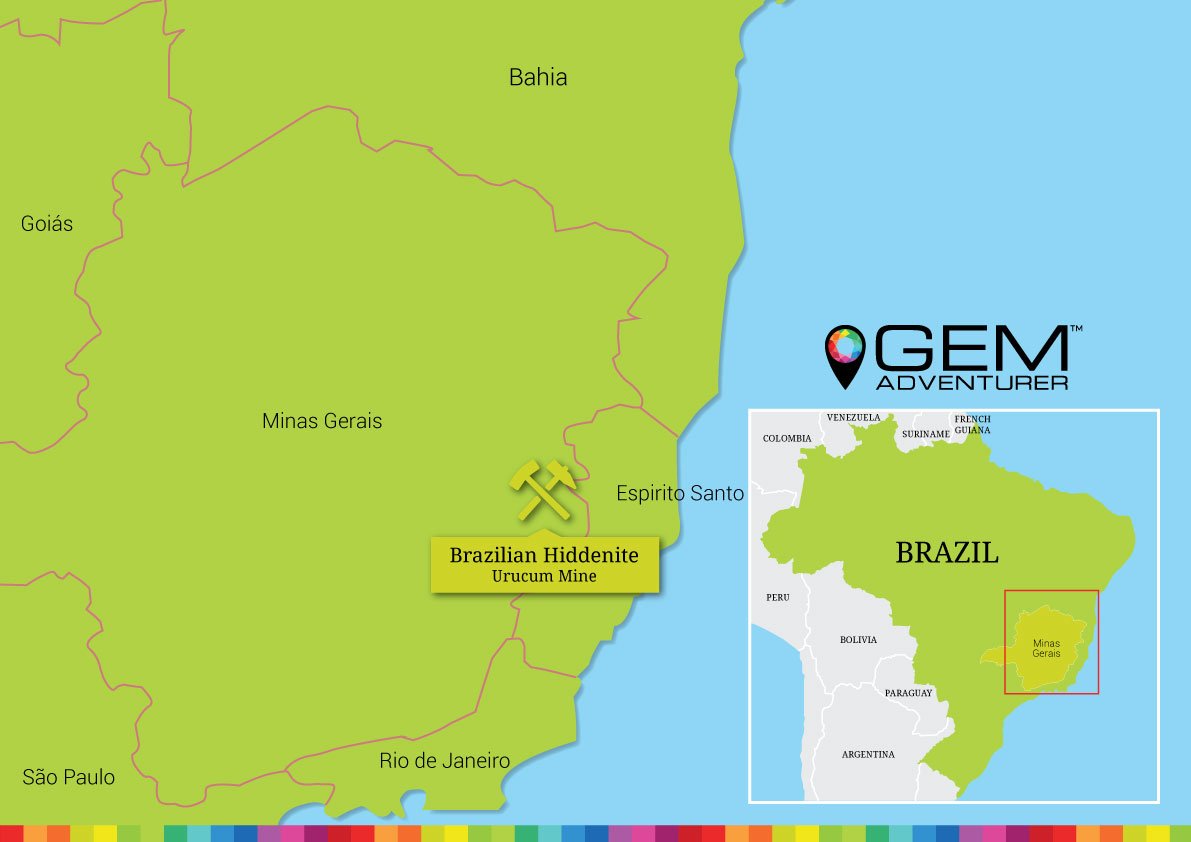
Click map to enlarge
